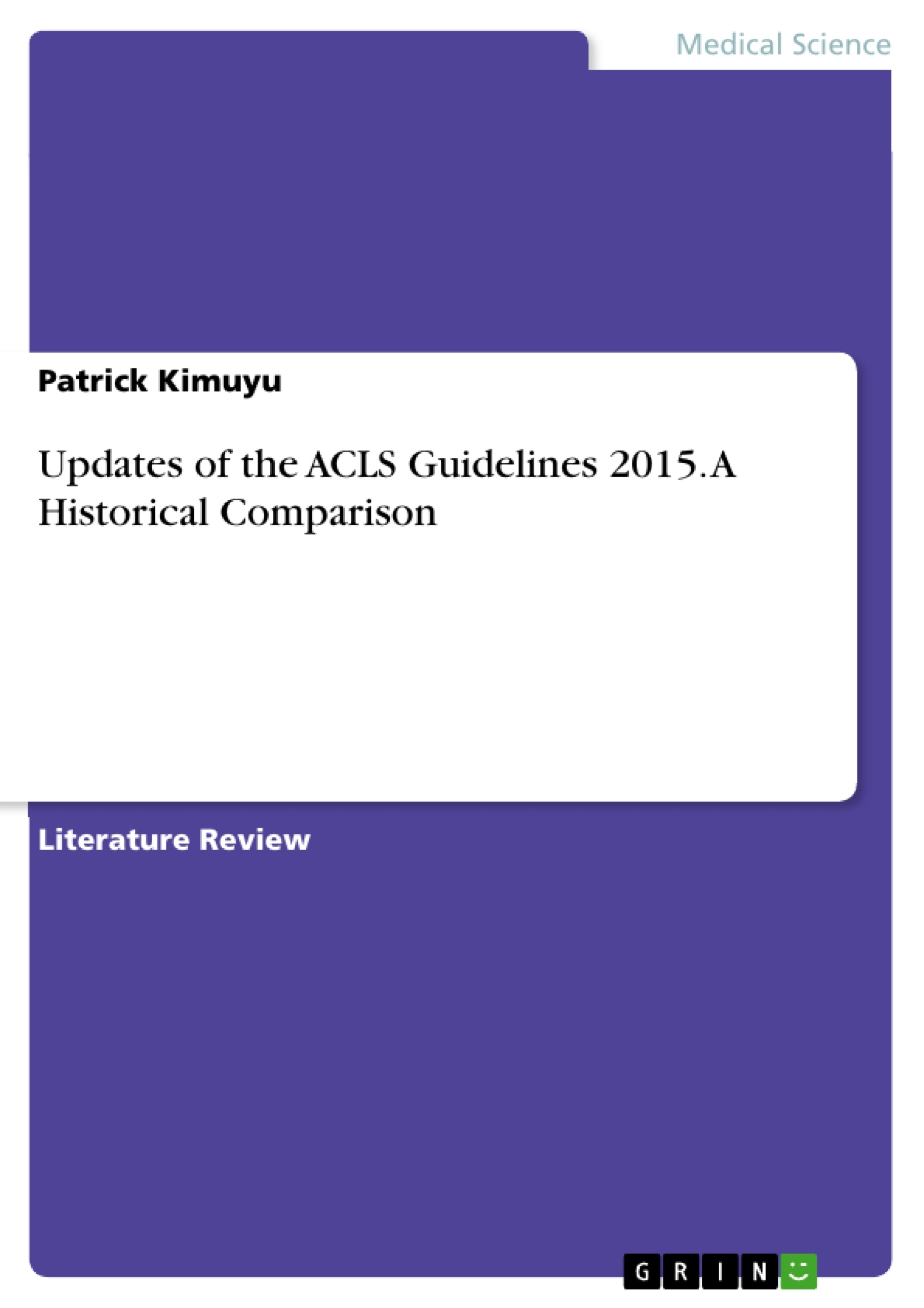Over the years, the American Heart Association has made outstanding contributions and numerous improvements to cardiopulmonary resuscitation and advanced cardiac life support guidelines. It is due to adequate use of resources and continuous research that millions of lives are saved in the United States. Such guidelines serve health care providers and other members of the healthcare team as a resource to ensure adequate and timely response to those individuals who experience cardiac or respiratory arrest.
However, according to AHA statistics, "More than 326,000 people in the US suffer out-of-hospital cardiac arrests each year. Statistics prove that if more people knew CPR, more lives could be saved" (American Heart Association, 2016). In other words, dissemination of knowledge on the matter has direct outcomes on increasing survival rates. Therefore, the guidelines and the implementation methods are on continuous review based on new evidence. It is important to provide those who suffer cardiac or respiratory arrest with timely services because delays could end up affecting the outcome of those who experience reversible damage.
Healthcare providers around the world have become informed on the benefits of updated competence and direct patient outcomes and quality of care. The American Heart Association has published the new 2015 cardiopulmonary resuscitation guidelines, where changes and updates are reflected in an effort to put the best available evidence in practice. The purpose of this review is to compare the 2015 AHA updates with historical evidence in an attempt to explicate the implications and limitations of pharmacology in advanced cardiac life support.
Inhaltsverzeichnis (Table of Contents)
- Introduction
- How the Phenomena Impacts Healthcare Delivery
- How the Phenomena Impacts Nursing Care
- Asystole and Pulseless Electrical Activity: Historical Context
- Current Practice Guidelines for Asystole and Pulseless Electrical Activity
- Ventricular Fibrillation and Pulseless Ventricular Tachycardia: Historical Context
- Antiarrhythmics
- 2015 Guideline Updates
- Amiodarone and Current ACLS Practice
- Lidocaine
- Implications of the Literature Review
- Potential Research Questions
Zielsetzung und Themenschwerpunkte (Objectives and Key Themes)
This review aims to compare the 2015 American Heart Association (AHA) updates on cardiopulmonary resuscitation (CPR) and advanced cardiac life support (ACLS) guidelines with historical evidence. It aims to explicate the implications and limitations of pharmacology in advanced cardiac life support, analyzing the effectiveness and use of drugs like epinephrine and vasopressin in the treatment of cardiac arrest.
- The impact of CPR and ACLS guidelines on healthcare delivery and nursing care
- The historical context and evolution of treatment for asystole, pulseless electrical activity (PEA), ventricular fibrillation, and pulseless ventricular tachycardia
- The role of antiarrhythmics, specifically epinephrine and vasopressin, in treating cardiac arrest
- The 2015 AHA guideline updates on treating pulseless arrhythmias and the rationale behind them
- The implications of the literature review and potential research questions arising from the analysis
Zusammenfassung der Kapitel (Chapter Summaries)
The introduction highlights the crucial role of AHA guidelines in improving survival rates from cardiac arrest and outlines the motivation behind this review - to analyze the implications of pharmacological interventions within the 2015 AHA updates.
The chapter on the impact of the phenomena on healthcare delivery discusses how research and technological advancements have made medical knowledge more accessible to patients, resulting in increased awareness of CPR and ACLS standards of practice.
The chapter on the impact of the phenomena on nursing care emphasizes the importance of following ethical principles and the "Do no harm" principle in patient care, particularly during critical decision periods. The AHA's role in promoting clarity and safety through algorithms is also discussed.
The historical context of asystole and PEA explores the evolution of AHA guidelines, focusing on the 2010 and 2015 updates. The chapter analyzes the use of epinephrine and vasopressin, referencing a study that suggests vasopressin's potential benefits over epinephrine in treating cardiac arrest.
Schlüsselwörter (Keywords)
This review focuses on the following keywords: cardiac arrest, asystole, pulseless electrical activity (PEA), ventricular fibrillation, pulseless ventricular tachycardia, epinephrine, vasopressin, advanced cardiac life support (ACLS), cardiopulmonary resuscitation (CPR), American Heart Association (AHA), 2015 AHA guidelines, pharmacological interventions, healthcare delivery, nursing care, ethical principles, return of spontaneous circulation, standard of care.
- Citation du texte
- Patrick Kimuyu (Auteur), 2017, Updates of the ACLS Guidelines 2015. A Historical Comparison, Munich, GRIN Verlag, https://www.grin.com/document/384456



